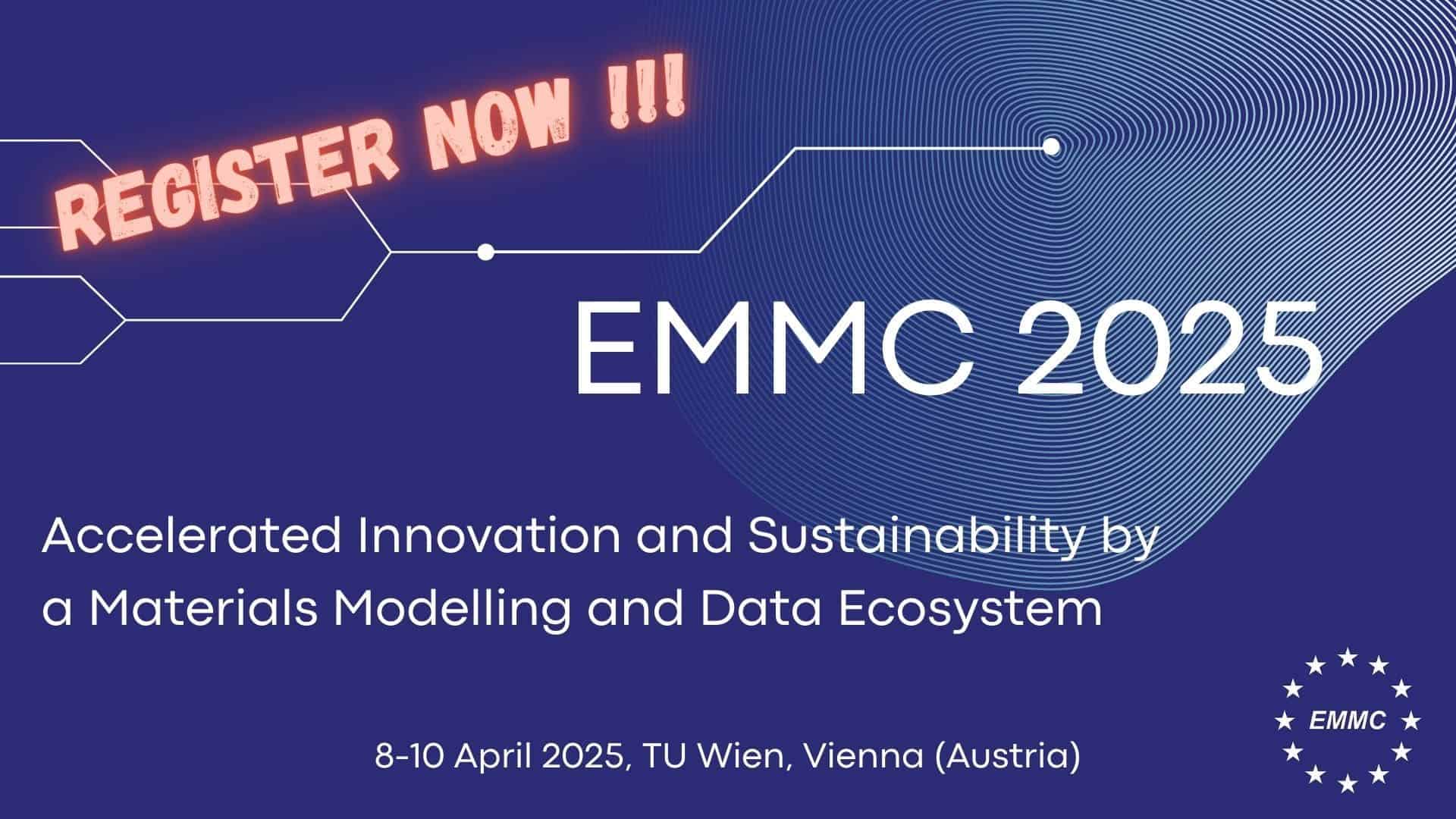
Material Data Digitalisation Challenges in an Engineering Commercial Environment
There are significant benefits to be reaped from large material properties datasets sharing a common, efficient format. One emerging application enabled by material data digitalisation is the ability for the custom design of materials via property prediction [1].
On the other hand, applications relevant to the practising engineer such as for example material selection or structure optimisation have yet to leverage the advantages of digitalised material data. This talk will attempt to clarify some underlying challenges.
Firstly, as the material needs to be described at longer length scales, say from grain to subcomponent scale, the level of complexity explodes. The data volume alone, required to describe in detail for example the processing history, grows very rapidly. While this aspect can be handled by the use of efficient data structures [2] and cloud computational tools, difficulties are exacerbated by the lack of agreed definitions and truly standardised test methods. As an example, the number of “hidden variables” present in a universally accepted test methods will be highlighted. Furthermore, there are commercial obstacles preventing efforts towards a truly standardised description, which the authors encounter during their daily activities.
REFERENCES
[1] Conduit, B.D., Jones N.G., Stone, H.J., Conduit, G.J. Design of a nickel-base superalloy using a neural network. Material Design, 131(05), 358-365 (2017)
[2] Michel, K., & Meredig, B. Beyond bulk single crystals: A data format for all materials structure–property–processing relationships. MRS Bulletin, 41(08), 617-623 (2016)
APR 8-10, 2025 | TU Wien | Vienna, Austria
Registration | Program | Poster Contribution | Sponsoring & Exhibition
Join the EMMC 2025 International Workshop to meet peers and discuss advances and future directions in how both accelerated innovation and sustainability are supported by a Knowledge Ecosystem based on materials modelling and data integration.
